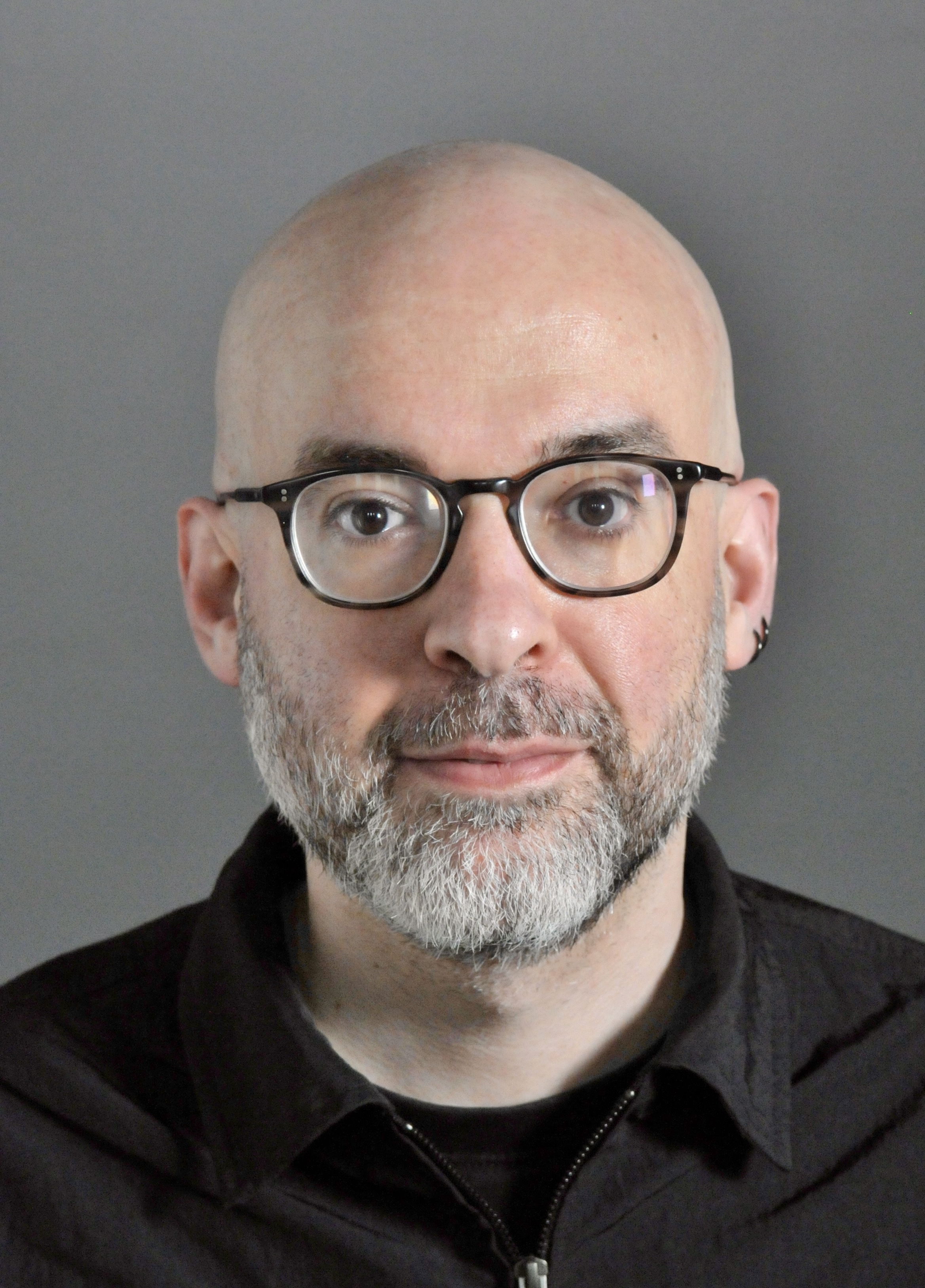Questions to ask after a specific teaching session:
- What worked well in today’s session, and why? What specific strategies, activities, or interactions seemed to engage students and foster learning?
- What didn’t work as well as I hoped, and why? What might I do differently next time to address any challenges or obstacles that arose?
- Were there any moments of surprise, insight, or excitement in today’s session? What can I learn from those moments, and how might I create more of them in the future?
- How did I respond to student questions, comments, and needs in the moment? Was I able to create a space for authentic dialogue and engagement?
- Did I provide clear and effective explanations, examples, and guidance? Were there any points of confusion or uncertainty that I could clarify in future sessions?
- How did I use technology, media, or other resources to support student learning? Were those resources effective and engaging, or could I use them differently next time?
- Did I create opportunities for active learning, critical thinking, and problem-solving? How might I incorporate more of those opportunities in future sessions?
- Was the pacing and structure of the session effective? Did I allow enough time for discussion, reflection, and application of key concepts?
- How did I create a sense of community and connection in the classroom? Did students seem engaged, supported, and valued as individuals?
- What is one thing I learned from today’s session that I’m excited to apply or explore further in my teaching practice?
General questions to ask for a reflexive teaching practice:
- What are the core values and principles that guide my teaching philosophy, and how do I embody them in my day-to-day practice?
- How do I create a learning environment that fosters curiosity, creativity, and intellectual risk-taking?
- In what ways do I model the kind of critical thinking, open-mindedness, and love of learning that I hope to inspire in my students?
- How do I stay current with developments in my field and in pedagogical research, and how do I incorporate new ideas and approaches into my teaching?
- What are the unique strengths and perspectives I bring to my teaching, and how can I leverage them to create more engaging and effective learning experiences?
- How do I balance the need for structure and clarity with the desire for flexibility and responsiveness to student needs and interests?
- In what ways do I create opportunities for authentic dialogue, collaboration, and peer learning in my courses?
- How do I use assessment and feedback to support student growth and development, rather than simply to measure performance?
- In what ways do I attend to issues of diversity, equity, and inclusion in my teaching, and how do I create a learning environment that is welcoming and supportive for all students?
- How do I cultivate a sense of joy, passion, and purpose in my teaching, and how do I share that with my students?
